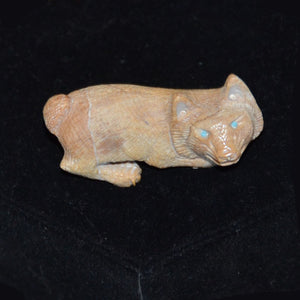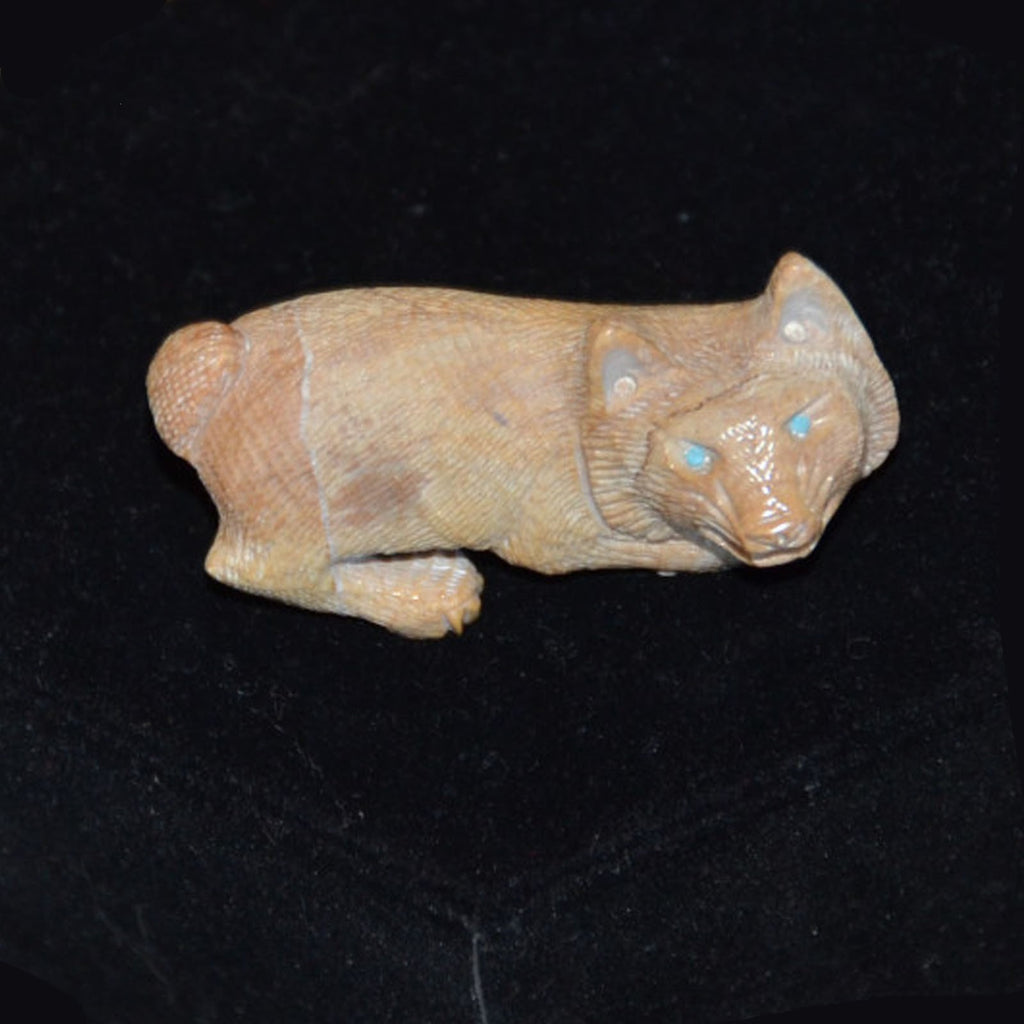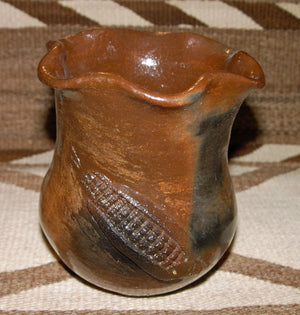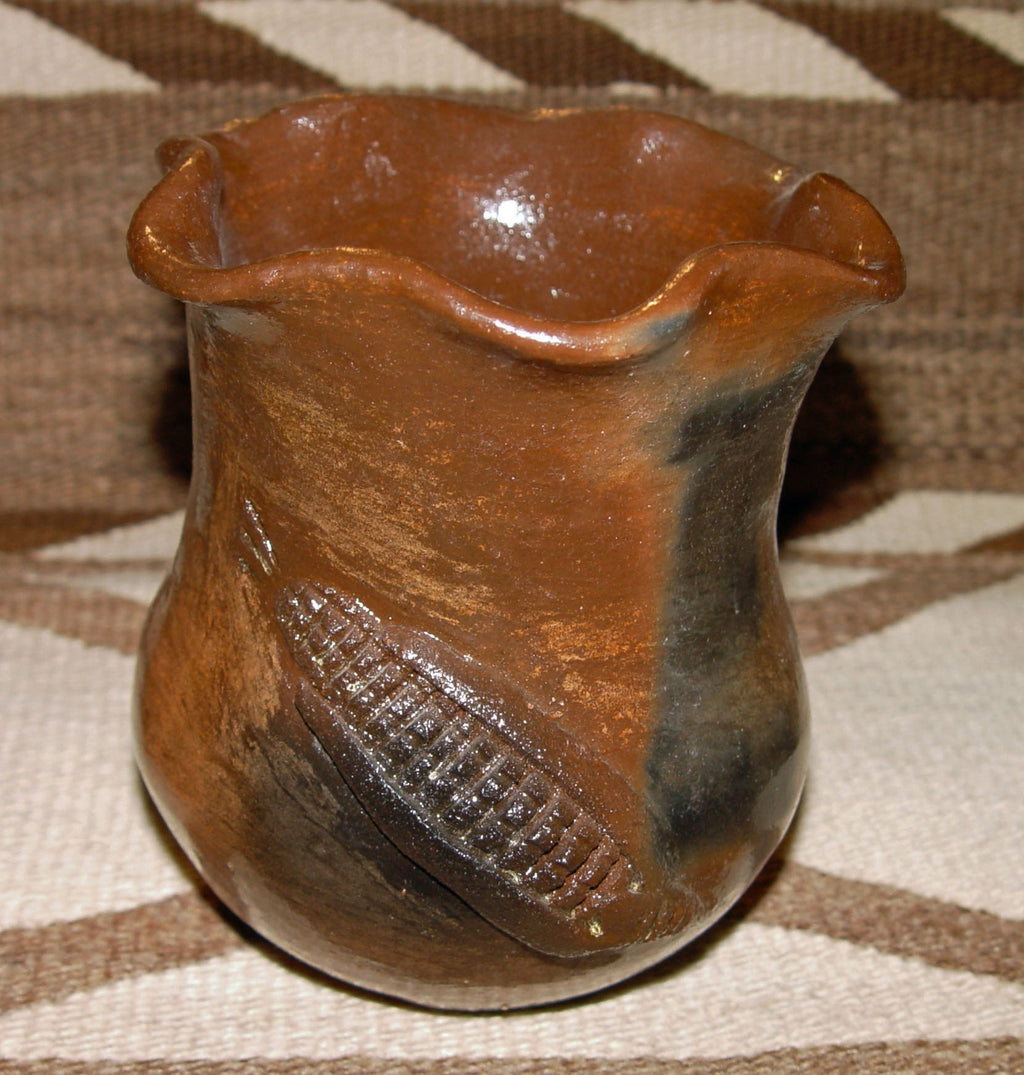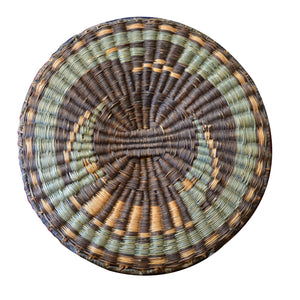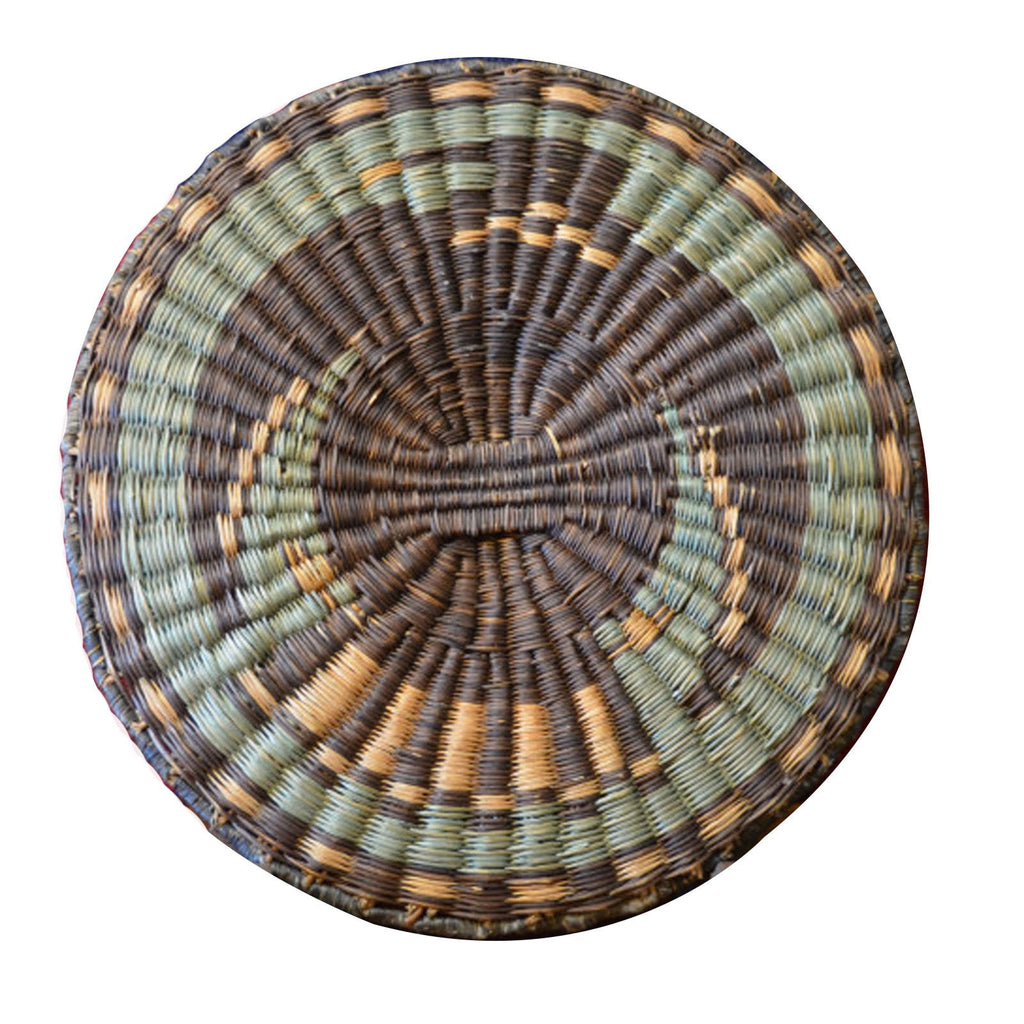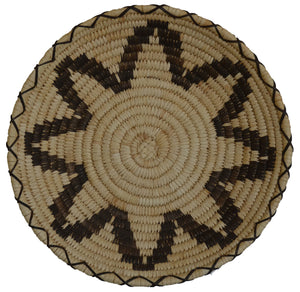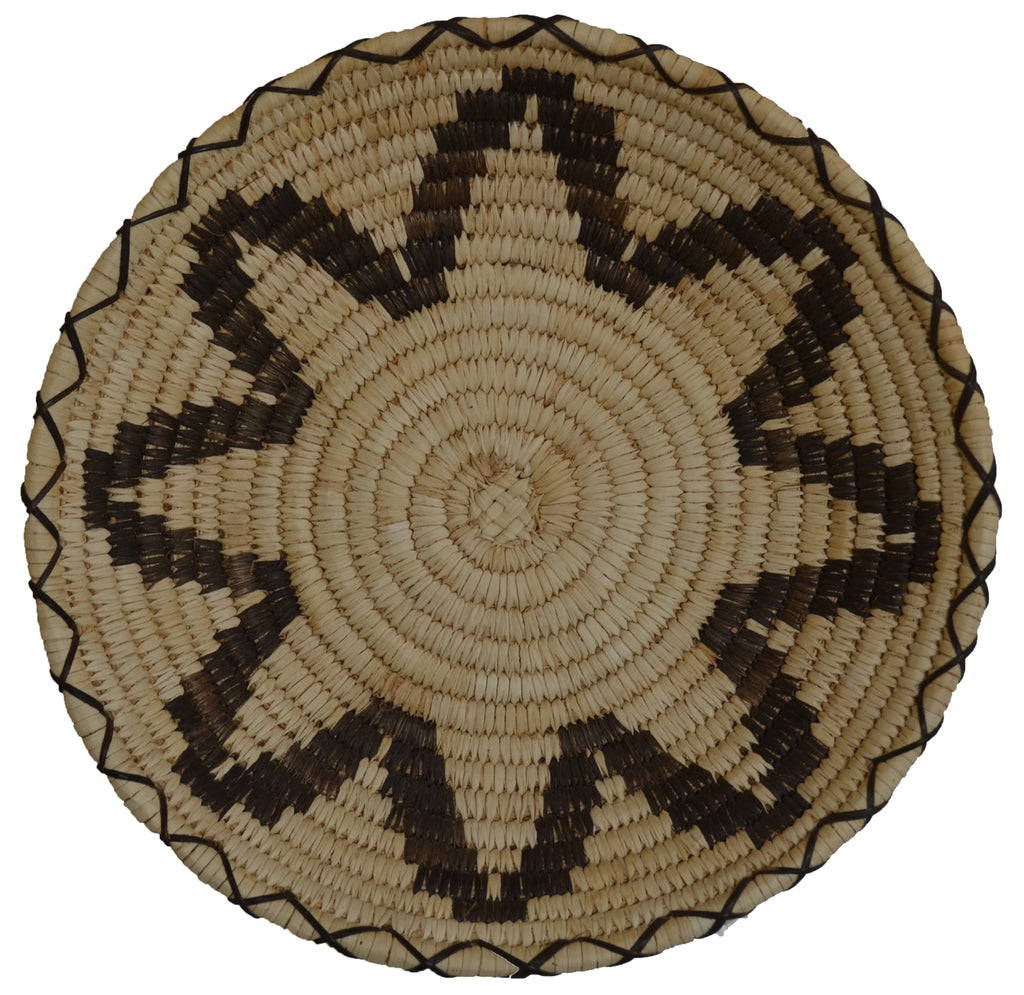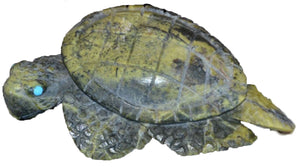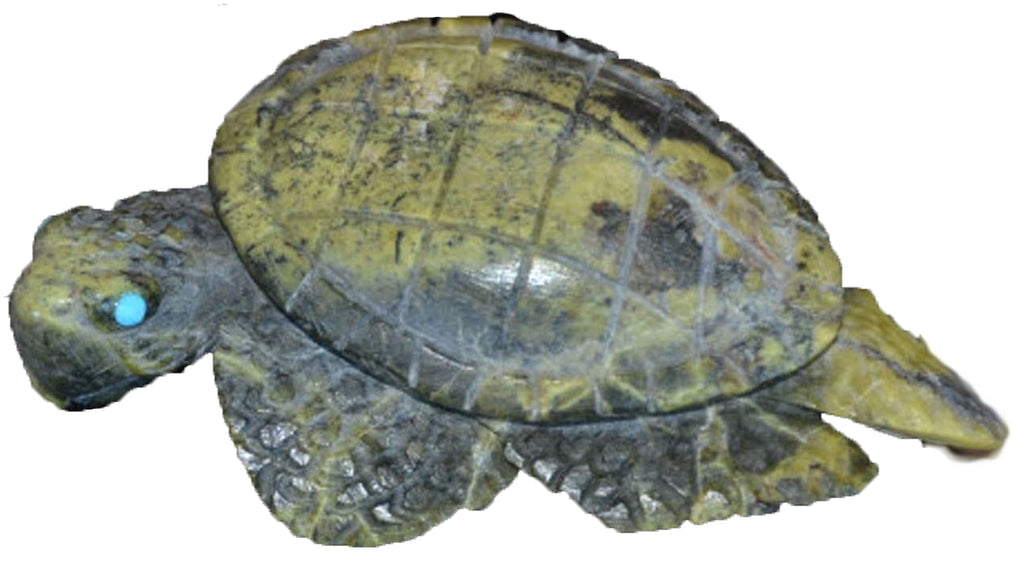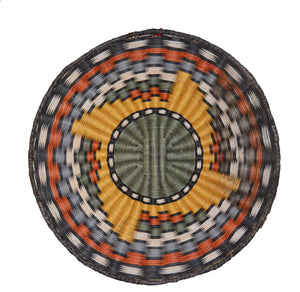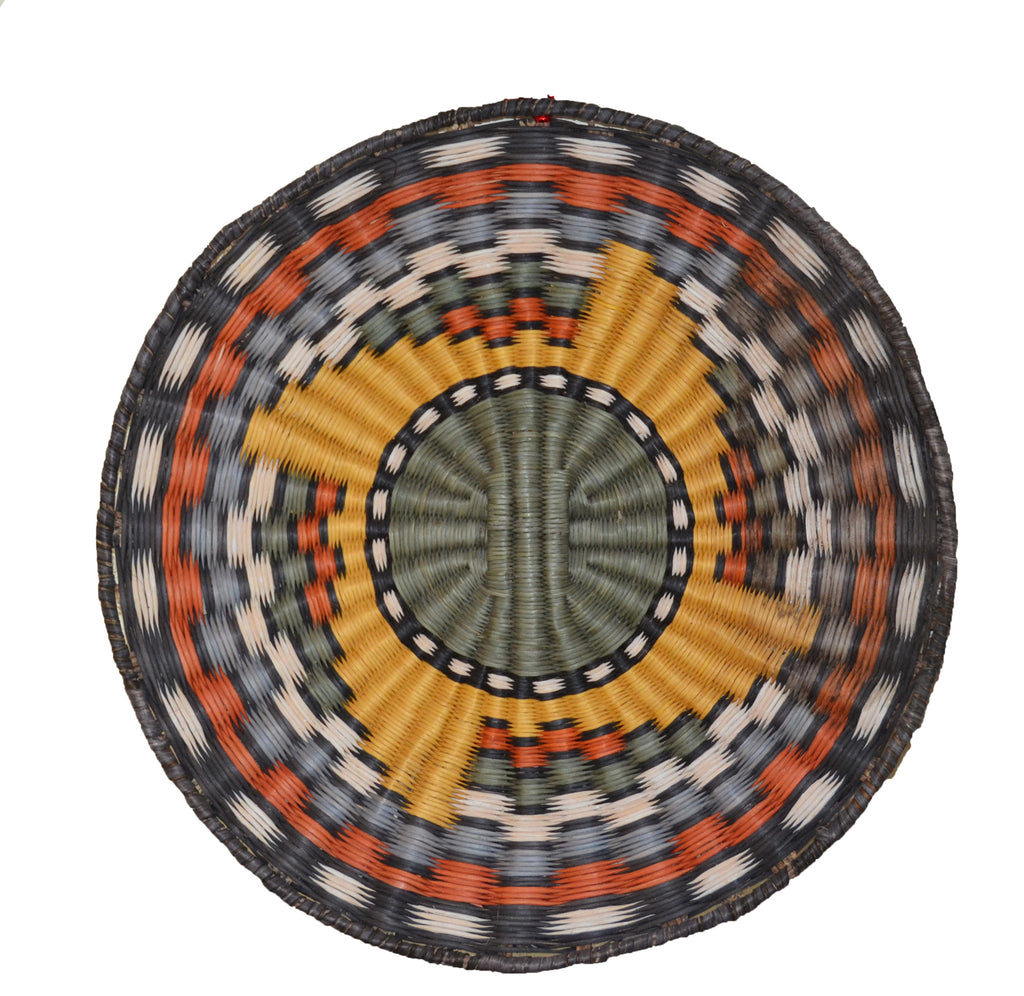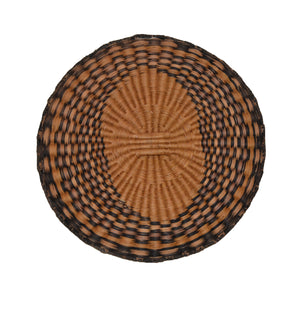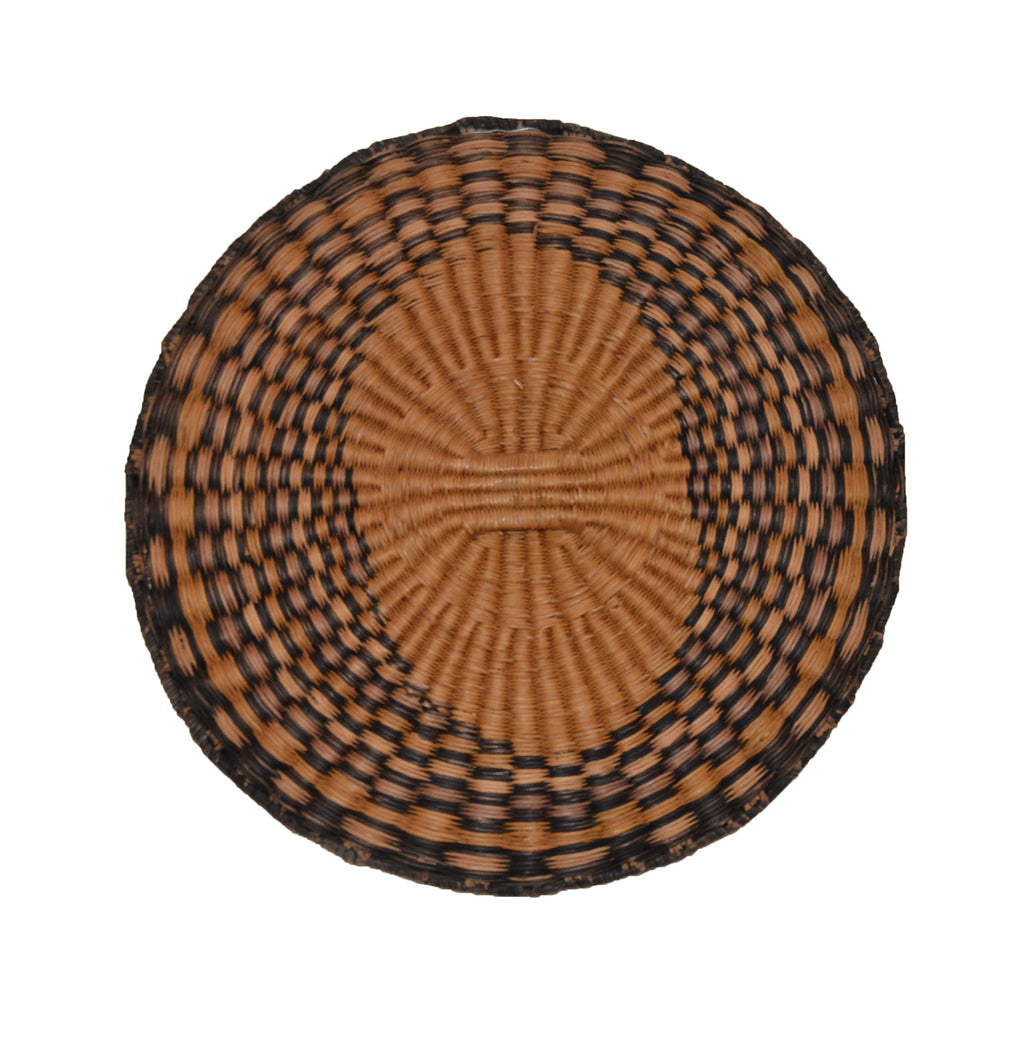{"id":8007484506334,"title":"Katsina : White Ogre : Ernest Chapella","handle":"katsina-white-ogre-ernest-chapella","description":"\u003cp align=\"left\"\u003eWhite Ogre Katsina by award winner artist Ernest Chapella.\u003c\/p\u003e\n\u003cp align=\"left\"\u003eObject : Katsina (Katchina) \u003c\/p\u003e\n\u003cp align=\"left\"\u003eTitle : White Ogre (Nata'aska)\u003c\/p\u003e\n\u003cp align=\"left\"\u003eCarver : Ernest Chapella.\u003c\/p\u003e\n\u003cp align=\"left\"\u003eOrigin : Hopi\u003c\/p\u003e\n\u003cp align=\"left\"\u003eSize : 15\"\u003c\/p\u003e\n\u003cp align=\"left\"\u003eMaterials : Wood, paint, string, yarn, fur, hide, fabric and feathers\u003c\/p\u003e\n\u003cp align=\"left\"\u003e\u003cspan\u003eThe fearsome Nataska always come as a pair. They accompany the Soyoko on their collection trip and usually stand directly behind the member of their crew who is bargaining with the relatives of the children. They make horrible noises, dragging their saws along the side of the house or on the ground. All the while, they keep up a steady stamping that makes the turtle-shell rattles on their legs and sound ominously. They are supposed to be able to eat a child whole; from the very earliest age, the child has heard stories of these monsters - how they would descend on children playing near the village and haul them away to cook and eat. So it is no wonder that the children are petrified at their actual appearance! Usually only dark-colored clothes are put on this Katsina pair, who should have horns. The feather fan is made of turkey feathers which are placed close together to form a large mass behind the head that makes the figures appear much taller and broader. Also the wide belt will be stained red.\u003c\/span\u003e\u003c\/p\u003e\n\u003cp align=\"left\"\u003e \u003c\/p\u003e\n\u003cp align=\"left\"\u003e\u003cspan\u003e\u003c\/span\u003eAbout Katsinas: \u003c\/p\u003e\n\u003cp\u003e\u003cspan data-mce-fragment=\"1\"\u003eCentral to Hopi \u003c\/span\u003e\u003cspan data-mce-fragment=\"1\"\u003ereligion, Katsinas are supernatural beings believed to live on the San Francisco Peaks near Flagstaff, Arizona. Hopi men embody the Katsina spirits during ceremonies that take place between Winter Solstice and mid-July. The Hopis believe these spirits enable them to live in harmony with nature, ensuring rain, crops, fertility, and good hunting. The Hopi men embody the spirits of these Katsinas by wearing masks and dancing in the plazas of the villages. The dolls, which are carved replicas of the dancers, are given to the children so that they may learn about their people's traditions. The art of carving Katsina dolls has evolved from the old-style block-like figures into today's highly detailed, all-wood dolls with realistic form and action. \u003c\/span\u003e\u003c\/p\u003e\n\u003cp style=\"text-align: left;\"\u003e\u003cspan data-mce-fragment=\"1\"\u003eOver time, Katsina Dolls became more and more sophisticated and included bases for the dolls to stand on and showing the Katsina in “action”- such as dancing or hunting. All Katsina Dolls are carved out of the root of the Cottonwood tree. The Cottonwood tree’s vigorous roots travel far and deep in search of water. There is spiritual importance in this fact, as the Hopis are dry farmers in an arid part of Arizona and the search for water is of critical importance to their culture.\u003c\/span\u003e\u003c\/p\u003e","published_at":"2023-04-05T14:33:00-07:00","created_at":"2023-04-05T11:09:05-07:00","vendor":"Other Art","type":"Folk Art","tags":["carvings","doll","folk-art","hopi","kachinas","katsina","Native American Art","Newly Added Katsina","other-art","public-product"],"price":350000,"price_min":350000,"price_max":350000,"available":true,"price_varies":false,"compare_at_price":null,"compare_at_price_min":0,"compare_at_price_max":0,"compare_at_price_varies":false,"variants":[{"id":44128639877342,"title":"Default Title","option1":"Default Title","option2":null,"option3":null,"sku":"","requires_shipping":true,"taxable":true,"featured_image":null,"available":true,"name":"Katsina : White Ogre : Ernest Chapella","public_title":null,"options":["Default Title"],"price":350000,"weight":0,"compare_at_price":null,"inventory_quantity":1,"inventory_management":"shopify","inventory_policy":"deny","barcode":"","requires_selling_plan":false,"selling_plan_allocations":[]}],"images":["\/\/www.navajorug.com\/cdn\/shop\/products\/Katsina-WhiteOgre005.jpg?v=1680730343","\/\/www.navajorug.com\/cdn\/shop\/products\/Katsina-WhiteOgre003.jpg?v=1680730369","\/\/www.navajorug.com\/cdn\/shop\/products\/Katsina-WhiteOgre001.jpg?v=1680730369","\/\/www.navajorug.com\/cdn\/shop\/products\/Katsina-WhiteOgre.jpg?v=1680730369","\/\/www.navajorug.com\/cdn\/shop\/products\/Katsina-WhiteOgre004.jpg?v=1680730369","\/\/www.navajorug.com\/cdn\/shop\/products\/Katsina-WhiteOgre002.jpg?v=1680730361"],"featured_image":"\/\/www.navajorug.com\/cdn\/shop\/products\/Katsina-WhiteOgre005.jpg?v=1680730343","options":["Title"],"media":[{"alt":null,"id":31822842527966,"position":1,"preview_image":{"aspect_ratio":0.663,"height":1400,"width":928,"src":"\/\/www.navajorug.com\/cdn\/shop\/products\/Katsina-WhiteOgre005.jpg?v=1680730343"},"aspect_ratio":0.663,"height":1400,"media_type":"image","src":"\/\/www.navajorug.com\/cdn\/shop\/products\/Katsina-WhiteOgre005.jpg?v=1680730343","width":928},{"alt":null,"id":31822842593502,"position":2,"preview_image":{"aspect_ratio":0.666,"height":1400,"width":932,"src":"\/\/www.navajorug.com\/cdn\/shop\/products\/Katsina-WhiteOgre003.jpg?v=1680730369"},"aspect_ratio":0.666,"height":1400,"media_type":"image","src":"\/\/www.navajorug.com\/cdn\/shop\/products\/Katsina-WhiteOgre003.jpg?v=1680730369","width":932},{"alt":null,"id":31822842659038,"position":3,"preview_image":{"aspect_ratio":0.618,"height":1400,"width":865,"src":"\/\/www.navajorug.com\/cdn\/shop\/products\/Katsina-WhiteOgre001.jpg?v=1680730369"},"aspect_ratio":0.618,"height":1400,"media_type":"image","src":"\/\/www.navajorug.com\/cdn\/shop\/products\/Katsina-WhiteOgre001.jpg?v=1680730369","width":865},{"alt":null,"id":31822842691806,"position":4,"preview_image":{"aspect_ratio":0.65,"height":1400,"width":910,"src":"\/\/www.navajorug.com\/cdn\/shop\/products\/Katsina-WhiteOgre.jpg?v=1680730369"},"aspect_ratio":0.65,"height":1400,"media_type":"image","src":"\/\/www.navajorug.com\/cdn\/shop\/products\/Katsina-WhiteOgre.jpg?v=1680730369","width":910},{"alt":null,"id":31822842560734,"position":5,"preview_image":{"aspect_ratio":0.688,"height":1400,"width":963,"src":"\/\/www.navajorug.com\/cdn\/shop\/products\/Katsina-WhiteOgre004.jpg?v=1680730369"},"aspect_ratio":0.688,"height":1400,"media_type":"image","src":"\/\/www.navajorug.com\/cdn\/shop\/products\/Katsina-WhiteOgre004.jpg?v=1680730369","width":963},{"alt":null,"id":31822842626270,"position":6,"preview_image":{"aspect_ratio":0.64,"height":1400,"width":896,"src":"\/\/www.navajorug.com\/cdn\/shop\/products\/Katsina-WhiteOgre002.jpg?v=1680730361"},"aspect_ratio":0.64,"height":1400,"media_type":"image","src":"\/\/www.navajorug.com\/cdn\/shop\/products\/Katsina-WhiteOgre002.jpg?v=1680730361","width":896}],"requires_selling_plan":false,"selling_plan_groups":[],"content":"\u003cp align=\"left\"\u003eWhite Ogre Katsina by award winner artist Ernest Chapella.\u003c\/p\u003e\n\u003cp align=\"left\"\u003eObject : Katsina (Katchina) \u003c\/p\u003e\n\u003cp align=\"left\"\u003eTitle : White Ogre (Nata'aska)\u003c\/p\u003e\n\u003cp align=\"left\"\u003eCarver : Ernest Chapella.\u003c\/p\u003e\n\u003cp align=\"left\"\u003eOrigin : Hopi\u003c\/p\u003e\n\u003cp align=\"left\"\u003eSize : 15\"\u003c\/p\u003e\n\u003cp align=\"left\"\u003eMaterials : Wood, paint, string, yarn, fur, hide, fabric and feathers\u003c\/p\u003e\n\u003cp align=\"left\"\u003e\u003cspan\u003eThe fearsome Nataska always come as a pair. They accompany the Soyoko on their collection trip and usually stand directly behind the member of their crew who is bargaining with the relatives of the children. They make horrible noises, dragging their saws along the side of the house or on the ground. All the while, they keep up a steady stamping that makes the turtle-shell rattles on their legs and sound ominously. They are supposed to be able to eat a child whole; from the very earliest age, the child has heard stories of these monsters - how they would descend on children playing near the village and haul them away to cook and eat. So it is no wonder that the children are petrified at their actual appearance! Usually only dark-colored clothes are put on this Katsina pair, who should have horns. The feather fan is made of turkey feathers which are placed close together to form a large mass behind the head that makes the figures appear much taller and broader. Also the wide belt will be stained red.\u003c\/span\u003e\u003c\/p\u003e\n\u003cp align=\"left\"\u003e \u003c\/p\u003e\n\u003cp align=\"left\"\u003e\u003cspan\u003e\u003c\/span\u003eAbout Katsinas: \u003c\/p\u003e\n\u003cp\u003e\u003cspan data-mce-fragment=\"1\"\u003eCentral to Hopi \u003c\/span\u003e\u003cspan data-mce-fragment=\"1\"\u003ereligion, Katsinas are supernatural beings believed to live on the San Francisco Peaks near Flagstaff, Arizona. Hopi men embody the Katsina spirits during ceremonies that take place between Winter Solstice and mid-July. The Hopis believe these spirits enable them to live in harmony with nature, ensuring rain, crops, fertility, and good hunting. The Hopi men embody the spirits of these Katsinas by wearing masks and dancing in the plazas of the villages. The dolls, which are carved replicas of the dancers, are given to the children so that they may learn about their people's traditions. The art of carving Katsina dolls has evolved from the old-style block-like figures into today's highly detailed, all-wood dolls with realistic form and action. \u003c\/span\u003e\u003c\/p\u003e\n\u003cp style=\"text-align: left;\"\u003e\u003cspan data-mce-fragment=\"1\"\u003eOver time, Katsina Dolls became more and more sophisticated and included bases for the dolls to stand on and showing the Katsina in “action”- such as dancing or hunting. All Katsina Dolls are carved out of the root of the Cottonwood tree. The Cottonwood tree’s vigorous roots travel far and deep in search of water. There is spiritual importance in this fact, as the Hopis are dry farmers in an arid part of Arizona and the search for water is of critical importance to their culture.\u003c\/span\u003e\u003c\/p\u003e"}







